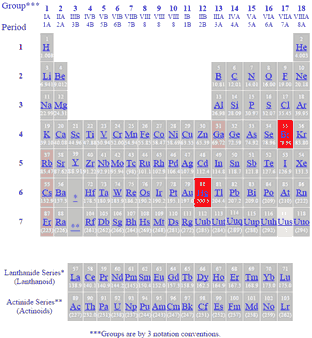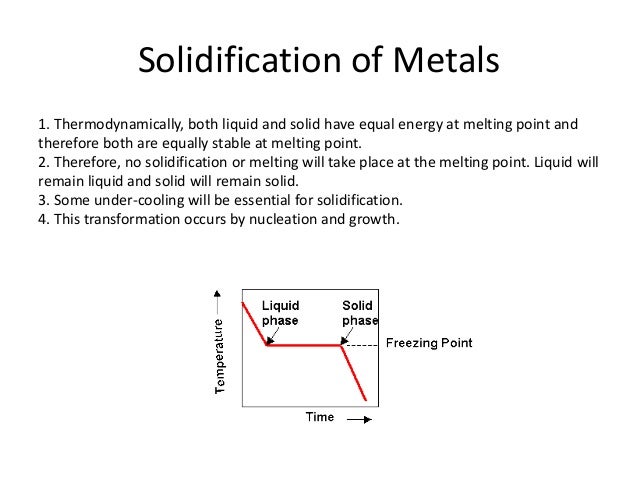Which of the following is a non metal that remains liquid at room temperature bromine is a synthetic component with image br and nuclear number 35.
4 which of the following is a non metal that remains liquid at room temperature.
Solution by examveda team bromine is a chemical element with symbol br and atomic number 35.
That state of matter of an element may be predicted based on its phase diagram.
When pressure is controlled other pure elements may be found at room temperature.
When a copper object remains in damp air for a considerable time a green coating is formed on its surface.
An example is the halogen element chlorine.
A carbon b sulphur c bromine d iodine.
Non metals react with oxygen to.
Liquid metal is a metal or a metal alloy which is liquid at or near room temperature.
Others include caesium cs which has a melting point of 28 5 c 83 3 f rubidium rb 39 c 102 f francium fr estimated at 8 0 c 46.
Here s a nice site with a list.
The previous answer concerned common metals.
The chemical element with the atomic number 35 bromine is a non metal that remains liquid at room temperature.
A few elemental metals are liquid at or near room temperature.
It is the third lightest halogen and is a seething red darker fluid at room temperature that dissipates promptly to frame a comparably shaded gas.
Mercury also remains liquid at room temperature but it is a metal.
Bromine is your answer as it remains liquid in room temperature.
Which of the following non metal is a liquid.
Other liquid elements.
It is the third lightest halogen and is a fuming red brown liquid at room temperature that evaporates readily to form a similarly coloured gas.
The other non metals are solids at room temperature including carbon and sulfur.
The most well known is mercury hg which is molten above 38 8 c 234 3 k 37 9 f.
Actually gallium liquifies just above ordinary room temperature.
Bromine is the third lightest halogen.
Name one metal and one non metal which exist in liquid state at room temperature.
While temperature is an easily controlled factor manipulating pressure is another way to cause a phase change.














































